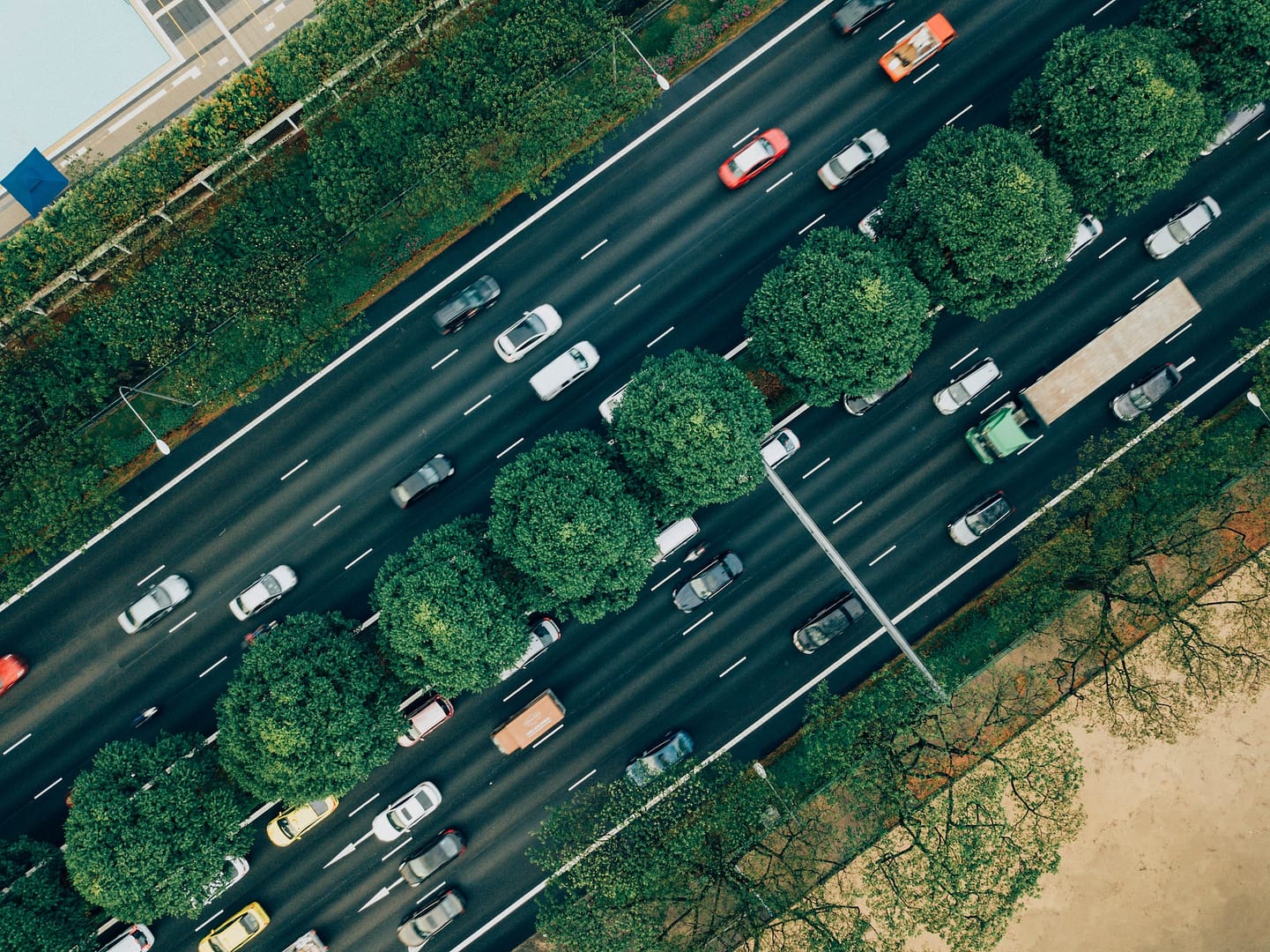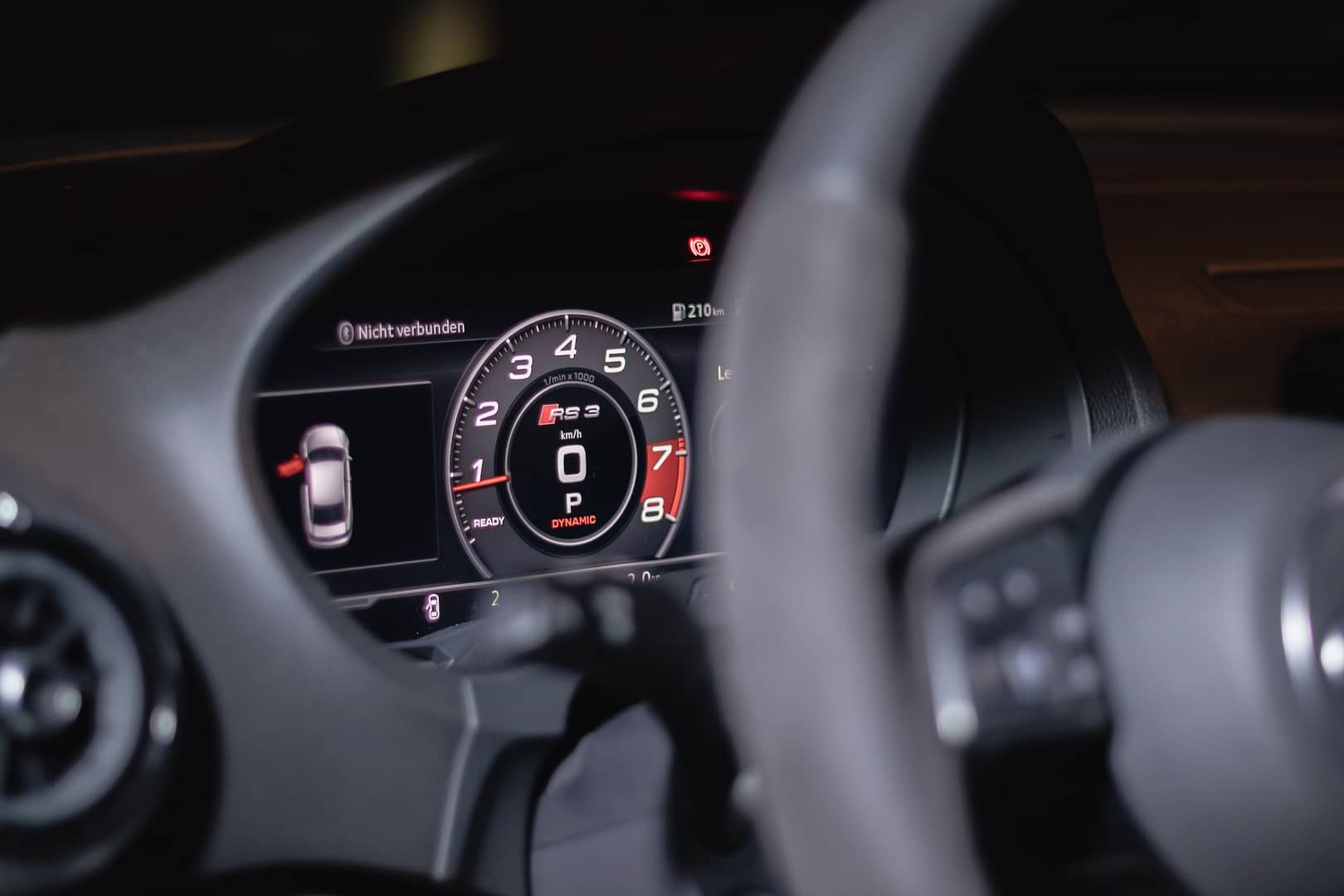In the whirlwind of unforeseen events, road traffic accidents can disrupt the smooth flow of our daily lives. Whether it’s a minor fender bender or a more serious collision, the importance of documenting damage after an accident cannot be overstated. This crucial step not only facilitates a smoother claims process but also plays a pivotal role in ensuring that all parties involved are treated fairly. So, let’s delve into the intricacies of why meticulous documentation matters and explore some valuable tips for recording post-accident details comprehensively.
The Significance of Reporting and Recording Accidents
Accidents, big or small, have a ripple effect on the individuals involved and the broader community. Reporting and recording these incidents serve as the first line of defence in navigating the aftermath. It’s akin to creating a roadmap for resolution and ensuring that all pertinent details are accounted for.
Protecting Your Interests
One of the primary reasons for documenting damage is to safeguard your interests. When you find yourself in the unfortunate situation of being part of an accident, your immediate focus may understandably be on ensuring everyone’s safety. However, taking a few extra minutes to document the damage can save you from headaches down the road.
Establishing Accountability
Clear and concise documentation plays a pivotal role in establishing accountability. By recording the details of the accident, you create a factual record that can be referred to during the claims process. This helps insurance companies and authorities determine the at-fault party, ensuring that responsibility is assigned accurately.
Facilitating the Claims Process
Navigating the labyrinth of insurance claims can be a daunting task. Thorough documentation streamlines this process significantly. It provides insurers with the necessary information to assess the extent of the damage and process claims efficiently. In the absence of detailed records, the claims process may become protracted, leading to delays in repairs and compensation.
Legal Protection
In certain cases, accidents may result in legal proceedings. Documentation becomes crucial in such scenarios, serving as tangible evidence that can be presented in court. Whether you are the aggrieved party or facing a claim, having a well-documented account of the accident can bolster your legal position.
Tips for Thoroughly Recording Post-Accident Details
Now that we understand the importance of documenting damage let’s explore some practical tips for ensuring that you capture all the essential details after an accident.
Prioritise Safety First
Before reaching for your documentation tools, prioritise safety. Ensure that all parties involved are out of harm’s way, and if necessary, seek medical attention promptly. Once safety is assured, proceed to document the accident scene.
Use Technology to Your Advantage
In the digital age, our smartphones can be powerful tools for documenting damage. Take clear photographs of the entire accident scene, including the vehicles involved, the surrounding environment, and any visible damage. Capture multiple angles to provide a comprehensive view.
Record Witness Statements
If there are witnesses to the accident, take the time to record their statements. Their observations may provide valuable insights and corroborate your account of the incident. Collect their contact information in case it’s needed during the claims process.
Note Weather and Road Conditions
Include details about the weather and road conditions at the time of the accident. This information can be crucial in understanding the circumstances leading to the incident. Slippery roads or poor visibility, for example, can significantly impact fault determination.
Document Personal Injuries
If there are any injuries, no matter how minor, document them. Take photographs and seek medical attention promptly. Injuries that may seem insignificant at first can develop into more serious issues, and having a record of them is essential for medical and legal purposes.
Exchange Information With Other Parties
Collect and exchange information with all parties involved in the accident. This includes names, contact information, insurance details, and vehicle registration numbers. Avoid discussing fault or making accusations at the scene; leave that determination to the authorities and insurance companies.
File a Police Report
In many jurisdictions, it’s mandatory to involve law enforcement in the event of an accident. Filing a police report adds an official record to your documentation. Ensure that you obtain a copy of the report for your records.
Keep a Detailed Written Account
Alongside visual documentation, maintain a written account of the accident. Include a chronological sequence of events leading up to the collision, the immediate aftermath, and any conversations with other parties or witnesses. This written account serves as a comprehensive narrative to supplement your visual documentation.

Making a Road Traffic Accident Claim with National Claims
Navigating the aftermath of a road traffic accident can be a complex process, and National Claims is here to guide you through the intricacies of making a claim.
Hire and Repair Process with National Claims
When you choose National Claims, our dedicated team streamlines the hire and repair process for you. We understand that your primary concern is getting back on the road, and our network of trusted repair shops ensures that your vehicle is in capable hands. From arranging a courtesy car to overseeing repairs, we handle the logistics, allowing you to focus on your recovery. We will organise a like for like hire car for you straight after your accident, meaning you aren’t left stranded without a car for long. Our repair process is also efficient but rigorous. Your car will be repaired with all the correct factory parts, leaving your car as good as new following the repair.
Conclusion
Documenting damage after an accident is not merely a formality; it’s a proactive step towards ensuring a fair and swift resolution. By prioritising safety, leveraging technology, and capturing comprehensive details, you create a robust foundation for the claims process. Remember, your documentation is your voice in the aftermath of an accident, and the more clearly and thoroughly you express it, the better your chances of a favourable resolution. So, the next time you find yourself in the midst of an unexpected collision, let your camera lens and notepad be your allies in navigating the road to recovery. Trust National Claims to guide you through the claims process, providing support and expertise when you need it most.
Contact us today to get started on your claim with the help of one of our claims specialists.
Click below to see why we are one of the most trusted claims management companies in the UK.

We’re proud of our excellent customer reviews
We thrive on delivering exceptional service and ensuring our clients’ satisfaction. Don’t just take our word for it. Check out some of our independent reviews to see what our clients have to say.
Excellent

This firm is excellent, they sorted out my car pay out and injury claim very fast, they always communicate with you all the time.

My accident case was dealt with confidence and with great result of the outcome, especially James kept me informed all the time.

I was very impressed at the way my inquiry was treated. I was listened to attentively and everything I needed to know was explained to me.






